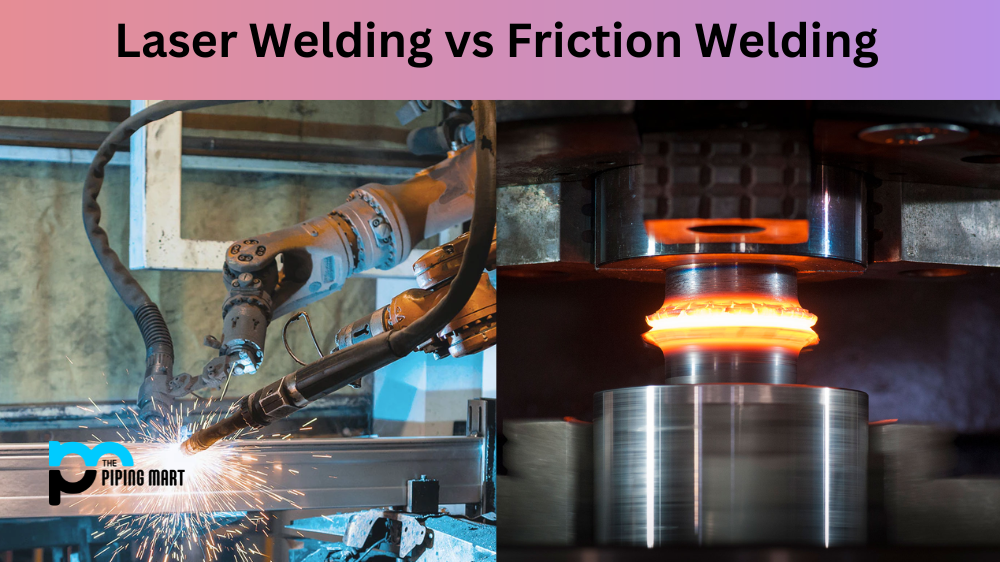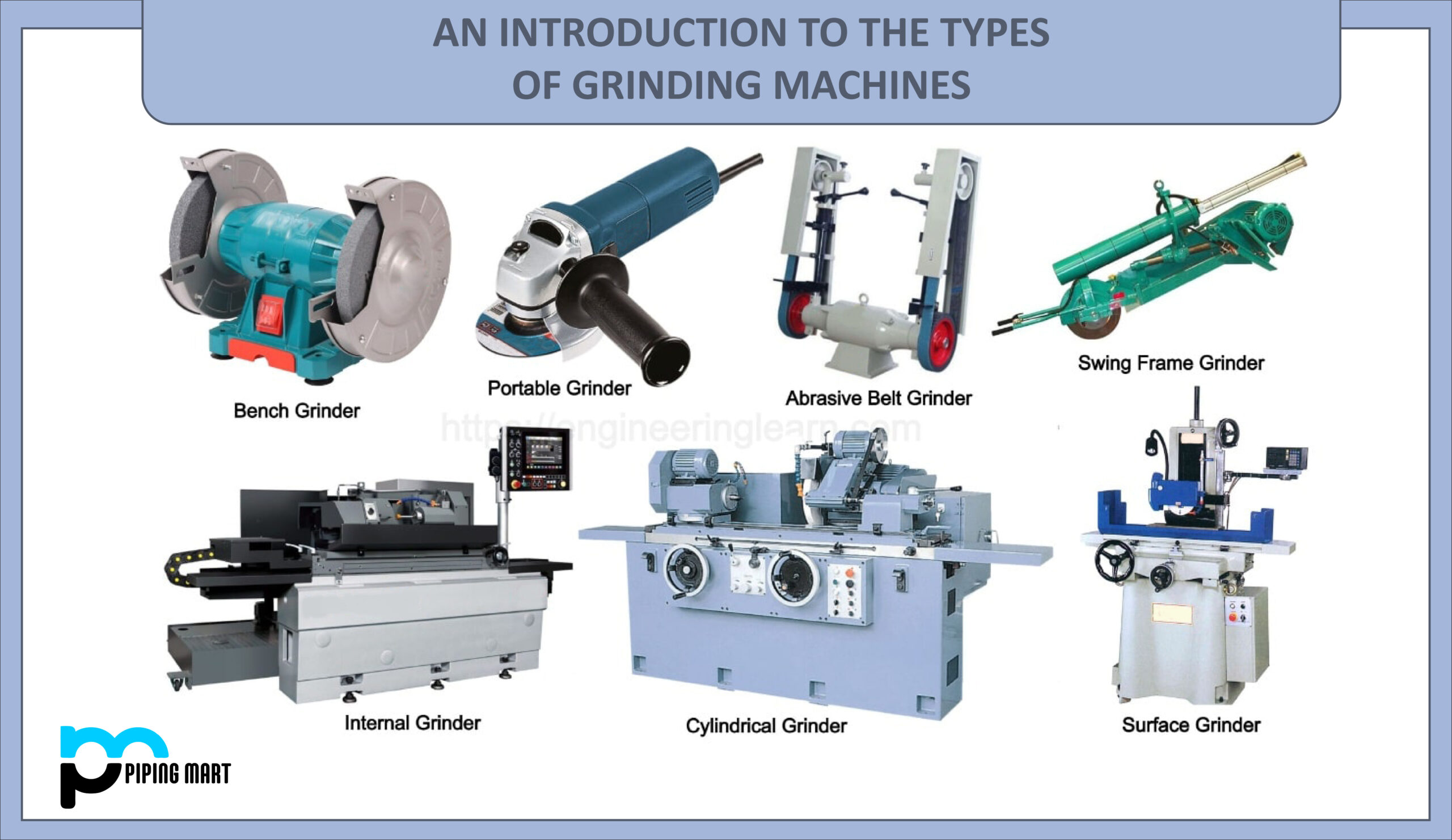When it comes to welding, there are many different methods and techniques to consider. Two of the most popular welding processes are laser welding and friction welding. While both processes provide strong welds and have their own unique advantages, laser welding, and friction welding differ in terms of cost, speed, and end-product quality. Let’s discuss the differences between these two methods so you can decide which one is right for your project.
Laser Welding
Laser welding is a non-contact process that uses intense heat generated by a laser beam to melt the material at the joint area. It offers high precision with minimal distortion or thermal damage to surrounding areas. Laser welding also requires minimal operator skill, making it a great option for automation projects. It is particularly well suited for thin materials (1mm or less) because it produces narrow welds that are nearly invisible to the naked eye. Additionally, laser welding is fast—it can work on up to 50 parts per minute with nearly no setup time required—which makes it an efficient way to produce high volumes of parts quickly and consistently.
Friction Welding
Friction welding is a process that uses mechanical energy converted into heat energy through friction between two rotating parts in order to join them together. This joining method does not require filler materials or adhesives, resulting in stronger joints compared to traditional fusion-welded joints. Friction welding also offers the ability to join dissimilar metals without creating any detrimental effects on either base material’s properties or strength characteristics. It is especially useful for joining materials with large cross-sections because it can generate enough heat and pressure without melting down the entire part, as seen in other types of joining processes such as soldering or brazing. However, this process requires more operator skill than laser welding and can be time-consuming due to the setup times involved prior to each weld cycle.
Laser Welding vs Friction Welding – What’s the Difference
Advantages of Laser Welding
Some of the advantages of laser welding include the ability to weld thin materials, the ability to create strong welds, and the fact that it is a relatively clean process. Additionally, laser welding can be performed quickly and does not require the use of filler material.
Advantages of Friction Welding
Some of the advantages of friction welding include the ability to weld thick materials, the ability to create strong welds, and the fact that it is a relatively clean process. Additionally, friction welding can be performed quickly and does not require the use of filler material.
Disadvantages of Laser Welding
Some of the disadvantages of laser welding include the fact that it is an expensive process and it requires special equipment. Additionally, laser welding can be dangerous as it produces intense beams of light.
Disadvantages of Friction Welding
Some of the disadvantages of friction welding include the fact that it is an expensive process and it requires special equipment. Additionally, friction welding can be dangerous as it produces intense heat.
Conclusion:
Both laser welding and friction welding offer distinct advantages based on their particular applications; however, they can generally be used interchangeably depending on what kind of job you need to do quickly and efficiently with minimal cost and waste produced from each process cycle. No matter which method you choose for your project, understanding these two types of joining processes will help you save time when choosing the best solution for your needs!

Pipingmart is a B2B portal that specializes in metal, industrial and piping items. Additionally, we share the latest information and information about materials, products and various types of grades to assist businesses that are involved in this business.




